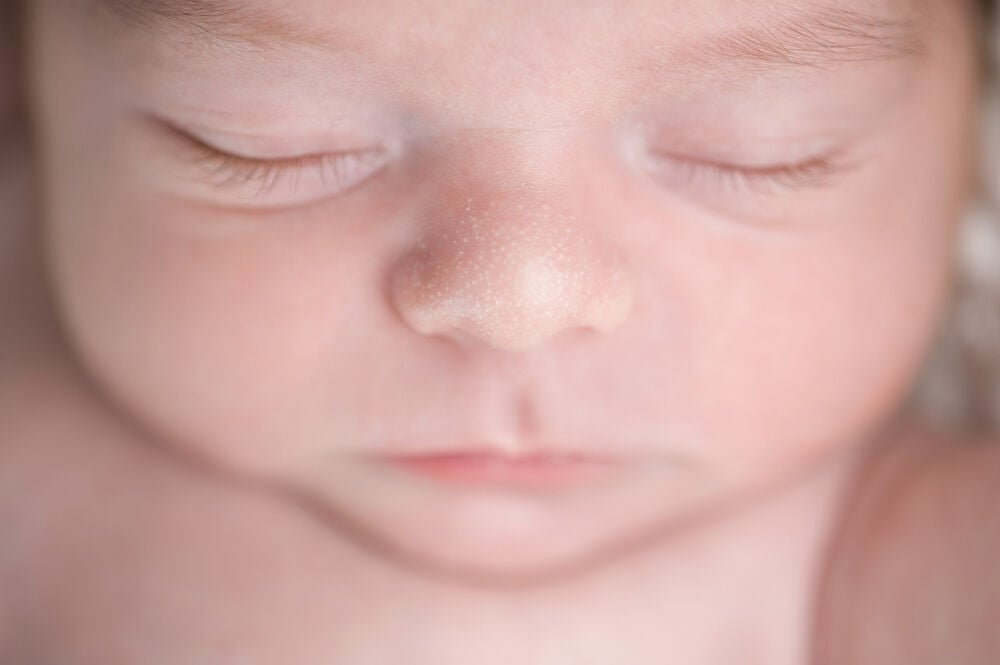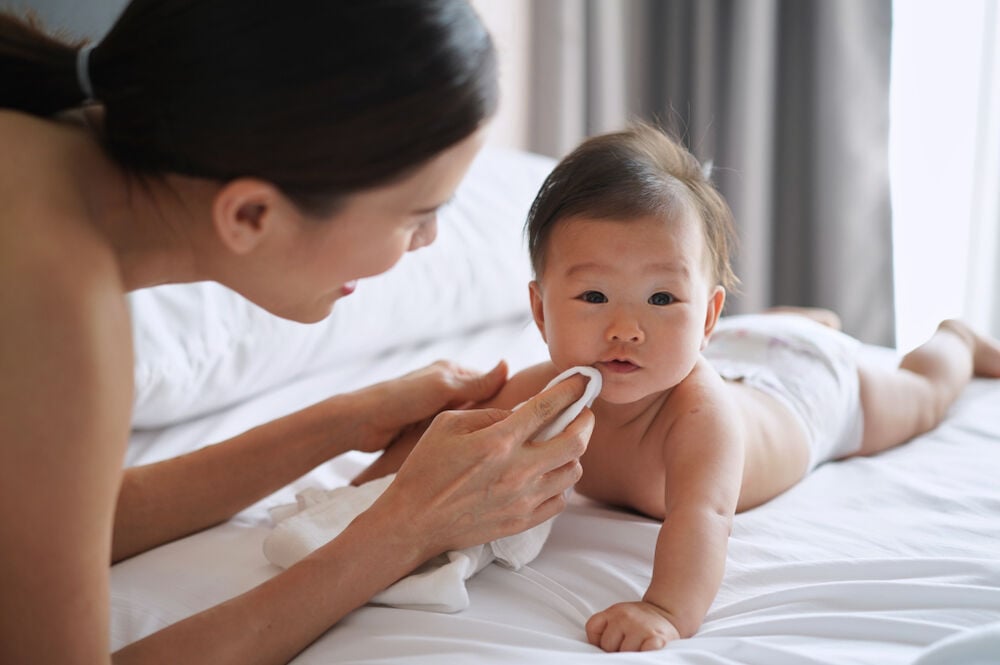-
Tracking cycle
-
Getting pregnant
-
Pregnancy
-
Help Center
-
Flo for Partners
-
Anonymous Mode
-
Flo app reviews
-
Flo Premium New
-
Secret Chats New
-
Symptom Checker New
-
Your cycle
-
Health 360°
-
Getting pregnant
-
Pregnancy
-
Being a mom
-
LGBTQ+
-
Quizzes
-
Ovulation calculator
-
hCG calculator
-
Pregnancy test calculator
-
Menstrual cycle calculator
-
Period calculator
-
Implantation calculator
-
Pregnancy weeks to months calculator
-
Pregnancy due date calculator
-
IVF and FET due date calculator
-
Due date calculator by ultrasound
-
Medical Affairs
-
Science & Research
-
Pass It On Project New
-
Privacy Portal
-
Press Center
-
Flo Accuracy
-
Careers
-
Contact Us
Milia: Causes, Treatment, and Prevention


Every piece of content at Flo Health adheres to the highest editorial standards for language, style, and medical accuracy. To learn what we do to deliver the best health and lifestyle insights to you, check out our content review principles.
What are milia?
Milia are tiny white bumps on the skin that can occur at any age, though they’re more common in infants. Although they are often called milk spots, they aren’t linked to formula or breastfeeding your newborn.
What do milia look like?
Milia look like small, round bumps on the face. They may look like a whitehead but are embedded deeper into the skin. Milia usually don’t have the ring of redness associated with whiteheads.

Milia symptoms
The main symptom of milia is their distinctive appearance. They are quite common on babies’ chin, cheeks, and nose and can also appear on the chest, arms, and legs.
Sometimes bumps appear on babies’ lips, gums, or roof of the mouth. Oral milia are referred to as Epstein pearls. Milia are different from acne, which looks like pustules or small red bumps on the cheeks, forehead, or chin. Acne and milia may occur together or separately and have different causes.
If you’re worried about your baby’s skin, if the milia get worse, or if they don’t clear up within three months, you may want to call your doctor.
Milia causes
Milia is a skin condition caused by dead skin trapped in pockets of the skin or mouth. They are common in newborns and unrelated to the mother’s diet if she breastfeeds. However, if you’re breastfeeding and have any concerns about your diet or medications, you can always ask your doctor for advice.
Milia are common in newborns and unrelated to the mother’s diet if she breastfeeds.
Take a quiz
Find out what you can do with our Health Assistant
Adults can also have milia on the face or other parts of the body that are injured or inflamed. If they occur on healthy skin, it may be a good idea to change rough sheets or buy more comfortable clothing to reduce skin irritation.
Older children and adults can also get white bumps that may result from:
- Burns
- Sun damage
- Steroid creams
- Blistering caused by a skin condition like porphyria cutanea tarda, epidermolysis bullosa, cicatricial pemphigoid, injury, or poison ivy
- Skin resurfacing procedures such as dermabrasion
There are other causes of adult milia, including aging. Milia may surface when the skin loses its ability to exfoliate.
Diagnosis and treatment
In children, milia don’t typically require treatment. Although the bumps around the face and mouth may be worrisome, there’s no health risk involved. Adults may decide to remove milia for cosmetic reasons.
Are there ways to prevent milia?

There are ways to care for your baby’s skin that may reduce the occurrence of milia.
- Keep your baby’s face clean. Wash your newborn’s face once a day with warm water.
- Dry your newborn’s face gently. Pat your baby’s skin rather than rubbing it dry.
- Don’t pinch the bumps. This won’t solve the problem and can prolong the breakout or cause an infection.
- Avoid applying lotions or oils to your newborn’s face. For adults, a thorough cleansing that removes all makeup before bed is crucial to maintaining healthy skin. Leftover makeup can cause a number of skin issues.
Are milia a reason to see a doctor?
Milia aren’t contagious and don’t cause discomfort in babies. However, if the spots are spreading or the skin becomes painful and inflamed, consult your doctor immediately.
If you are concerned about the appearance of milk spots or they don’t go away after three months, it may be time for a wellness check.
If you’re on a standard wellness check schedule with your baby’s doctor, they will likely notice the bumps and let you know if there is cause for concern.
You can include the following questions in your conversation with the pediatrician:
- Is the condition likely to last much longer?
- Does the skin appear to be irritated?
- Are there any recommendations to prevent the condition?
- Are there dietary factors that impact milia breakouts?
Following the doctor’s advice can give you peace of mind and help keep your baby happy and healthy.
Milia bumps are not uncommon for newborns, older children, or adults, and they typically clear up on their own.


Hey, I'm Anique
I started using Flo app to track my period and ovulation because we wanted to have a baby.


The Flo app helped me learn about my body and spot ovulation signs during our conception journey.


I vividly
remember the day
that we switched
Flo into
Pregnancy Mode — it was
such a special
moment.
Real stories, real results
Learn how the Flo app became an amazing cheerleader for us on our conception journey.




